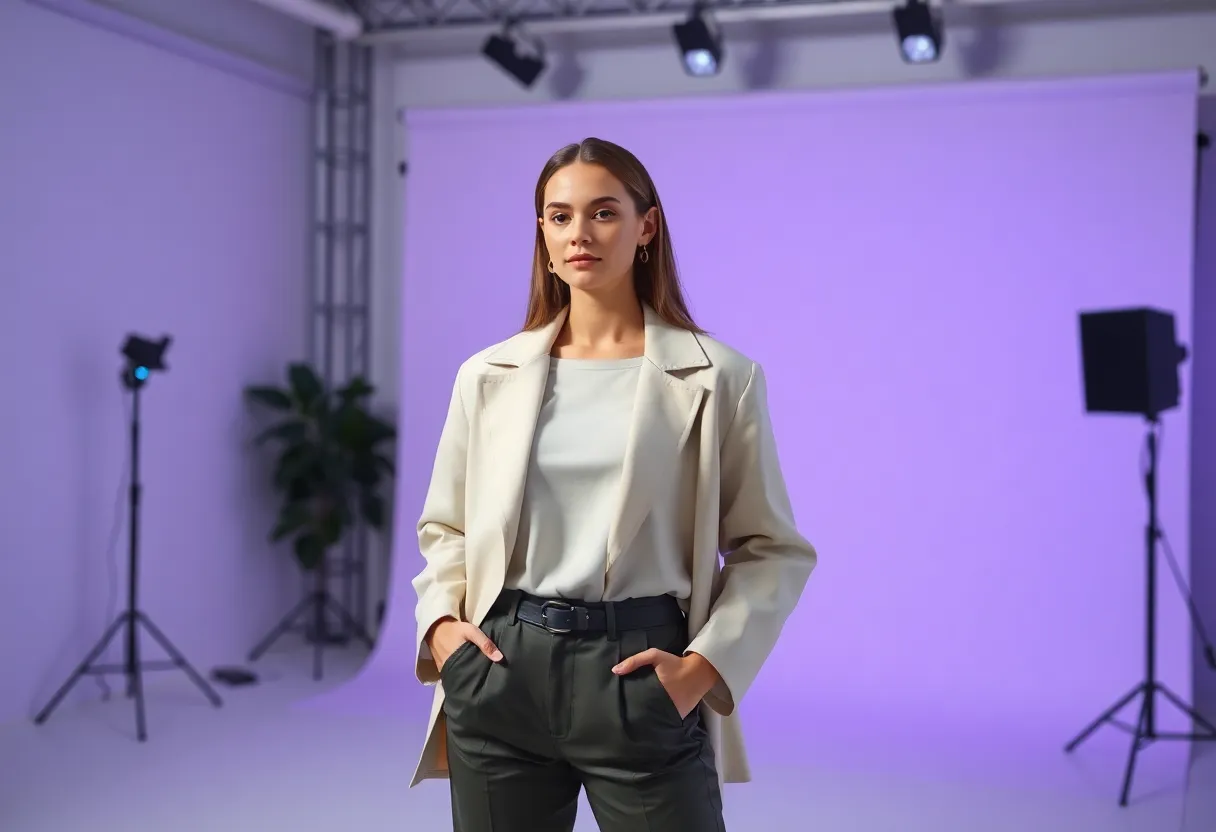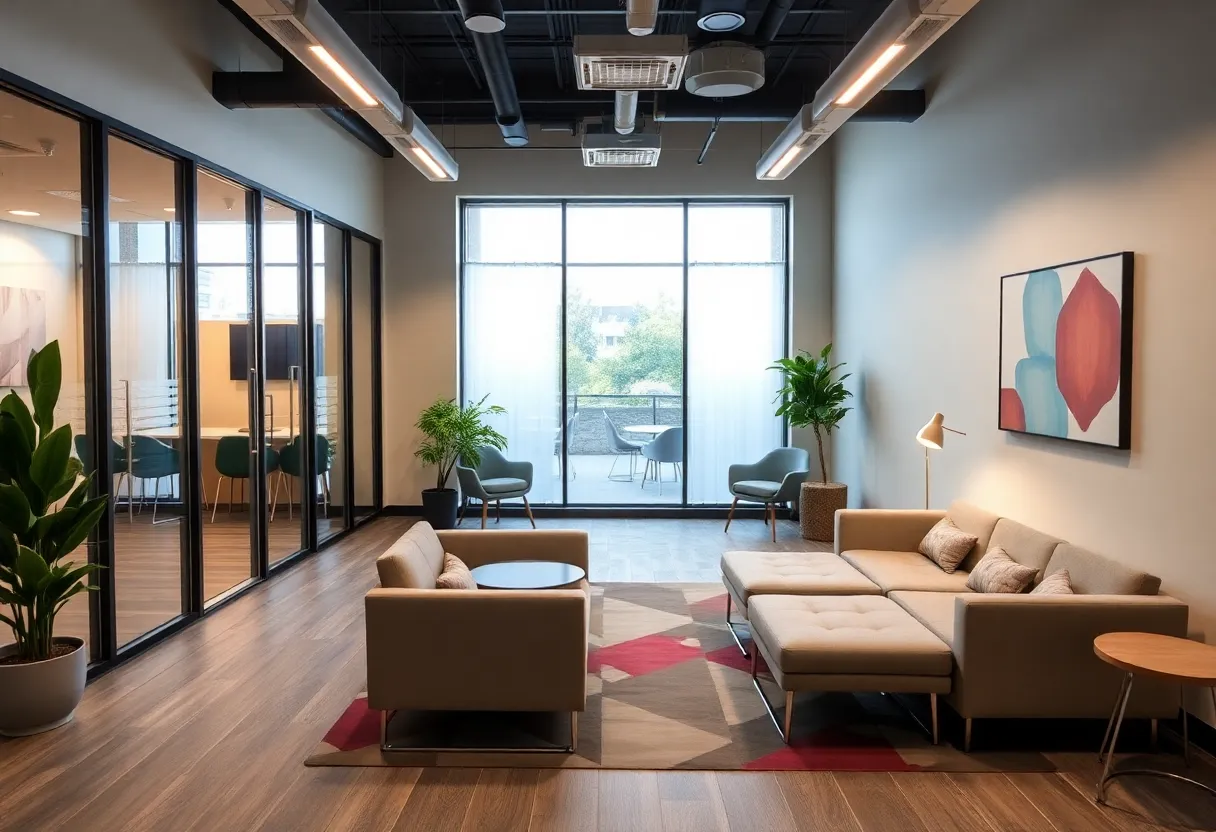News Summary
H&M is set to create digital twins of 30 models, using AI technology to innovate marketing strategies. While this move offers new opportunities for models, it also raises concerns about job security and representation in fashion. Transparency and ownership rights are vital as the industry navigates these changes.
H&M’s Bold New Move: Creating Digital Twins of Models
In an exciting yet slightly controversial development in the fashion world, H&M has announced their plans to create digital twins of 30 models this year. You might be wondering, what exactly does that mean? Well, these virtual representations will be used in various marketing campaigns and social media platforms. H&M’s chief creative officer, Jörgen Andersson, shared that this initiative is all about exploring new, innovative creative methods that incorporate artificial intelligence (AI) while still keeping a human touch.
The Reaction of Models
The first model to witness her AI-generated twin was Vilma Sjöberg. Her initial reaction? A mix of excitement and unease. She was taken aback by just how accurate the digital twin was, which raises important questions about the nature of representation in the fashion world. As technology evolves, the lines between reality and virtuality are beginning to blur, causing both buzz and a bit of concern among industry professionals.
Transparency in the Digital Age
One of the shining aspects of this initiative is H&M’s commitment to transparency. They have announced plans to watermark the AI-generated images to clearly indicate that these are not real photographs. This move is crucial in maintaining trust with consumers and ensuring that everyone knows what they’re looking at. After all, nobody likes being misled!
Models in Control
Another important point is that the models will have full ownership and control over their digital twins. This means they can decide whether to give H&M—or any other brand—the right to use their likeness for a fee. Imagine being able to earn extra income without even having to travel! These digital models can “work” in multiple locations at once, making it an intriguing prospect for the fashion industry.
Balancing Innovation with Job Security
However, it’s essential to note that H&M’s move comes amid a backdrop of significant industry backlash against AI-generated models. Brands like Levi’s have already paused similar initiatives due to public criticism. Critics voice concerns that the rise of AI in fashion could jeopardize traditional jobs, especially for photographers, stylists, and makeup artists, raising fears of potential job losses.
Concerns and Protections
Rights regarding models’ digital likenesses are also a key issue. Unions like Equity are stressing the importance of establishing protections surrounding consent and fair compensation. As the conversation about digital twins grows, the industry acknowledges the urgent need to address the implications on the workforce at large. H&M openly admits they must figure out how to manage the effects of utilizing these digital twins across the broader fashion landscape.
A Double-Edged Sword
While digital twins could create new income streams for models, there are also concerns that this approach may further deepen inequalities in job opportunities. Less in-demand models might find it harder to compete against more marketable virtual counterparts, and that raises questions about fairness in the industry.
Collaborating for Accuracy
H&M has partnered with Swedish tech firm Uncut to gear up for this ambitious project. Their goal? To develop the technology needed for producing accurate and lifelike digital representations of the models. As the fashion industry grapples with the integration of AI technologies, it’s becoming clear that opinions are divided. There are pressing discussions about the ethical and economic impacts that this wave of innovation may bring.
In Conclusion
As hybridization between the virtual and real continues to unfold, the fashion industry finds itself at a fascinating crossroads. H&M’s venture into creating digital twins could reshape marketing tactics and provide new opportunities for models. However, it also poses vital questions about jobs, rights, and the future of fashion. Only time will tell how this digital experiment plays out!
Deeper Dive: News & Info About This Topic
HERE Resources
H&M Steps into the Future with Digital Twins of Models
Unilever Innovates Marketing with Nvidia’s Omniverse
Big Changes in Social Media World: TikTok Users on the Move!
Growing Pains: The Disconnect Between CMOs and CEOs
Unilever’s Innovative Leap into AI and Digital Twins
Exciting News for Real Estate Agents: Matterport Unveils the Marketing Cloud
Hyper-Personalized Ads: The Future of Digital Marketing
Additional Resources
- Business of Fashion: H&M Plans to Use AI Models
- Wikipedia: Fashion Industry
- Marcomm News: Why CPG Brands Should Invest in AI-Powered Marketing
- Google Search: AI in Fashion Industry
- Social Media Today: 5 Ways AI Will Change Social Media Marketing
- Google Scholar: AI in Social Media
- BBC News: AI in the Workplace
- Encyclopedia Britannica: Artificial Intelligence








